Flower
All Flower Content
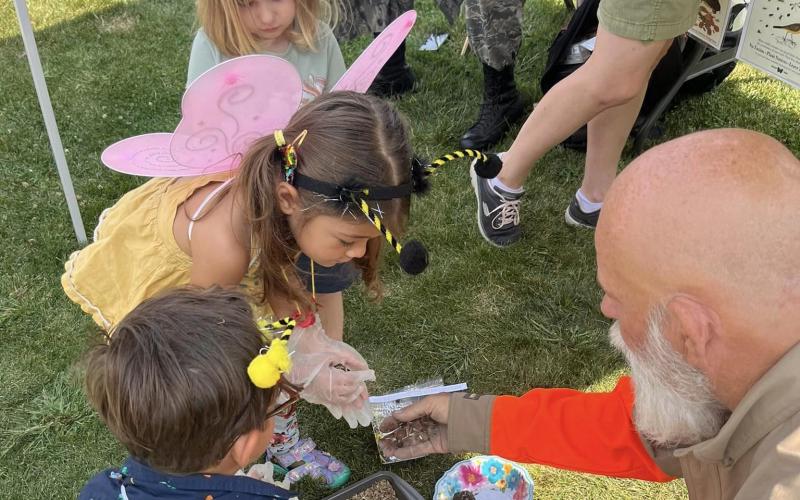
SDSU Extension, McCrory Gardens to host 7th annual Insect Festival
August 13, 2024
The seventh annual Insect Festival is from 1 to 4 p.m. CDT on Sept. 7, 2024, at McCrory Gardens in Brookings. There will be garden tours, interactive insect education, an insect costume parade, crafts and edible insects.

Learn about cut flower production in high tunnels with SDSU Extension
August 09, 2024
South Dakota State University Extension will host a High Tunnel and Cut Flower Field Day for anyone who would like to learn more about growing cut flowers outdoors and under protective tunnels.
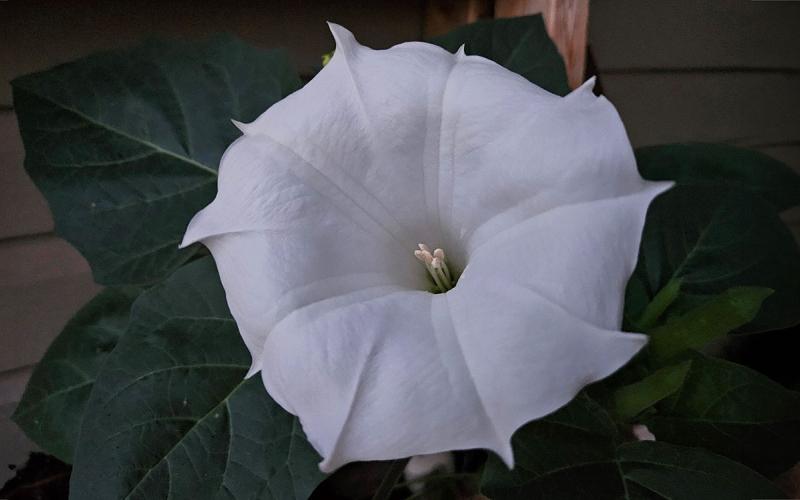
Night-Blooming Flowers and Host Plants for Moths
Moths are fascinating creatures, and they are also important pollinators. Learn about a variety of night-blooming flowers and native host plants that can attract these beneficial insects to your yard and garden.
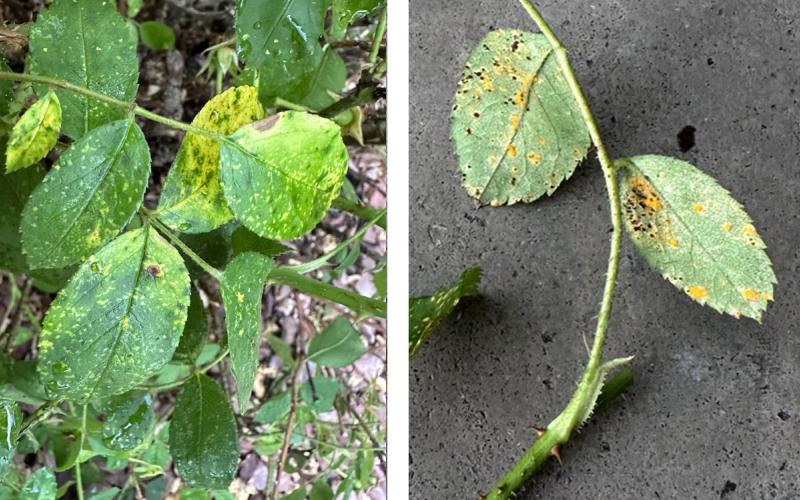
Rose Rust
Common rust of roses is a fungal disease that is found throughout the United States. While hot and dry summers limit the prevalence of the disease, it surfaces when weather conditions are cool and wet.
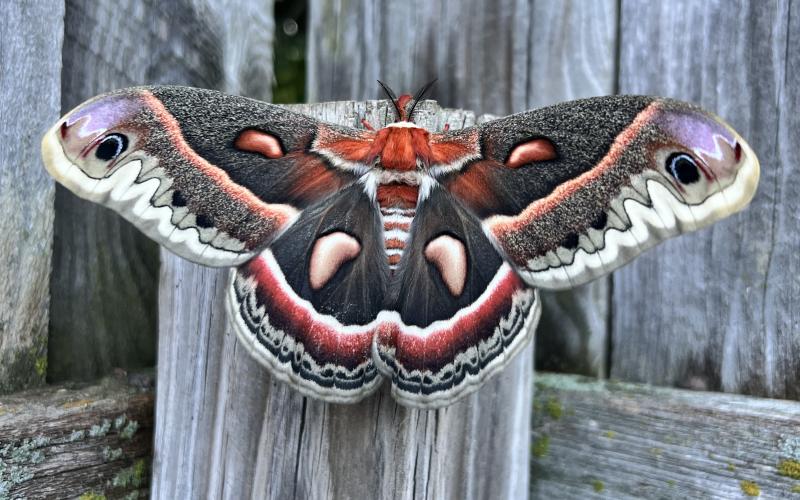
SDSU Extension, McCrory Gardens host Moth Walk as part of National Moth Week
July 09, 2024
South Dakota State University Extension and McCrory Gardens in Brookings are joining moth enthusiasts around the world in celebrating National Moth Week with its annual Moth Walk.
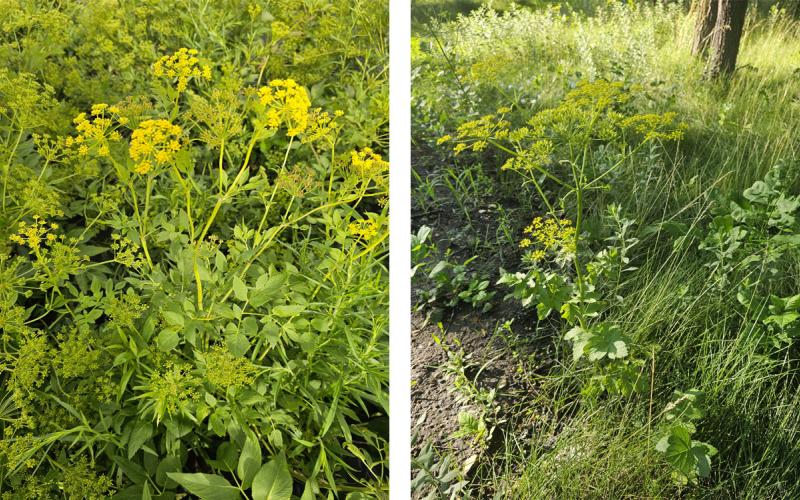
Plant Look-Alikes: What’s the Difference Between Golden Alexander and Wild Parsnip?
Golden alexander (Zizia aurea) is a striking native plant in South Dakota. However, another plant in this region often mistaken for golden alexander does not belong here and contains a harmful toxin.
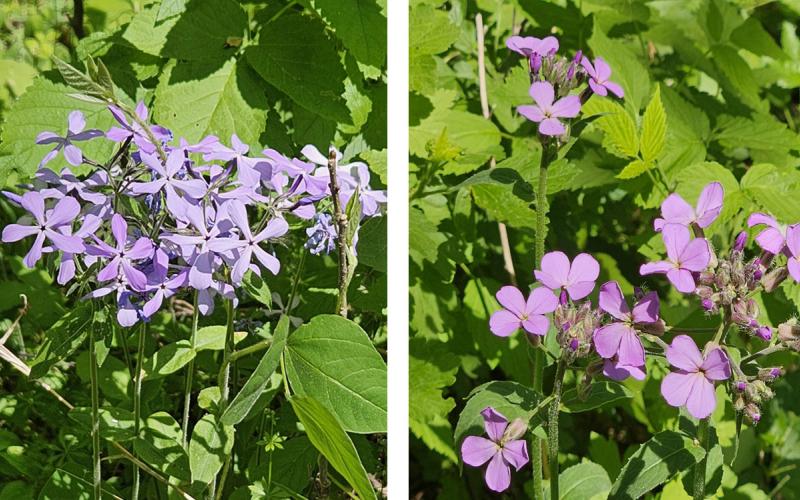
Plant Look-Alikes: What’s the Difference Between Phlox and Dame’s Rocket?
Distinguishing between native phlox flowers and the invasive dame's rocket can be challenging due to their similar appearances. Learn some key characteristics that can help you tell dame's rocket apart before it invades your property.
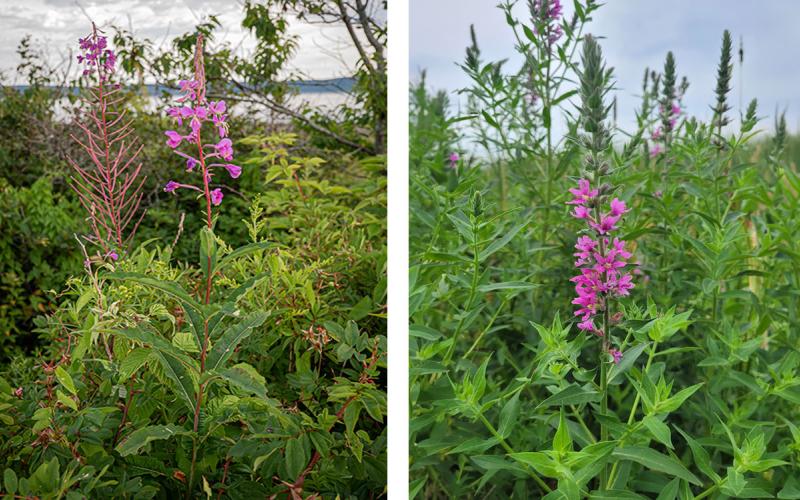
Plant Look-Alikes: What’s the Difference Between Fireweed and Purple Loosestrife?
Fireweed and purple loosestrife are often confused with one another due to their similar appearances, but the two plants have dramatically different impacts on the environment. Learn some key characteristics to help tell them apart.
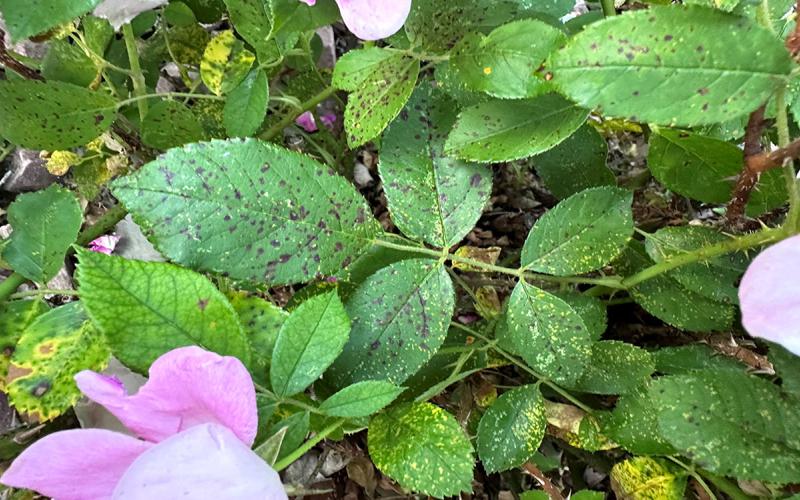
Black Spot Disease in Roses
Black spot is a recurring fungal disease in roses that will decrease the vigor and blooms of rose plants if it is not managed. Learn some expert tips for identifying and managing it in your gardens.
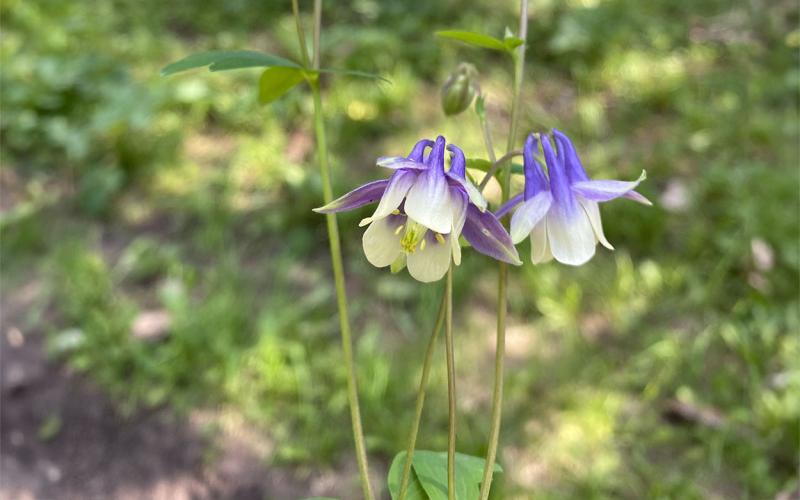
Native Plants to Know: Small-Flowered Columbine (Aquilegia brevistyla)
Aquilegia brevistyla, or small-flowered columbine, is a native, perennial, herbaceous plant in the Ranunculaceae (buttercup family) that grows in cool, shaded, canyons in the Black Hills of South Dakota.